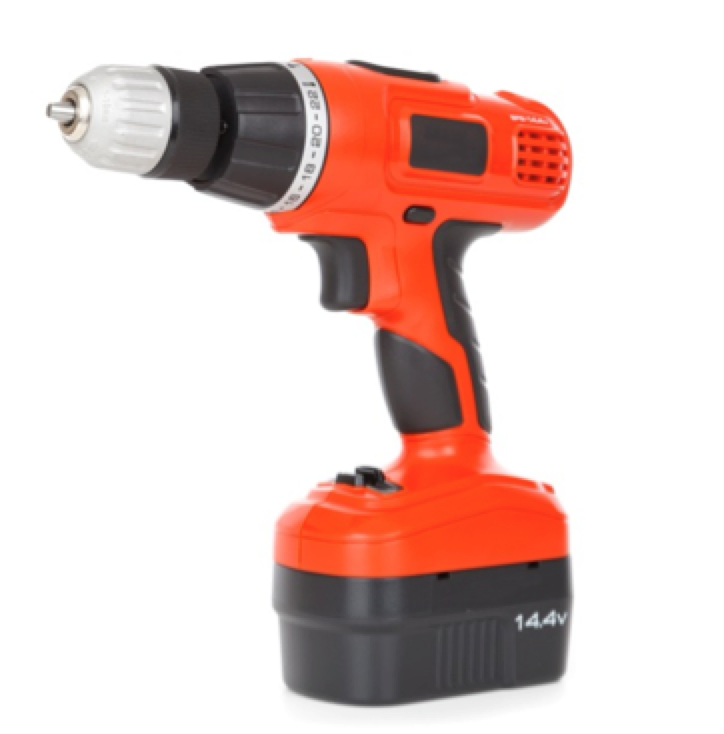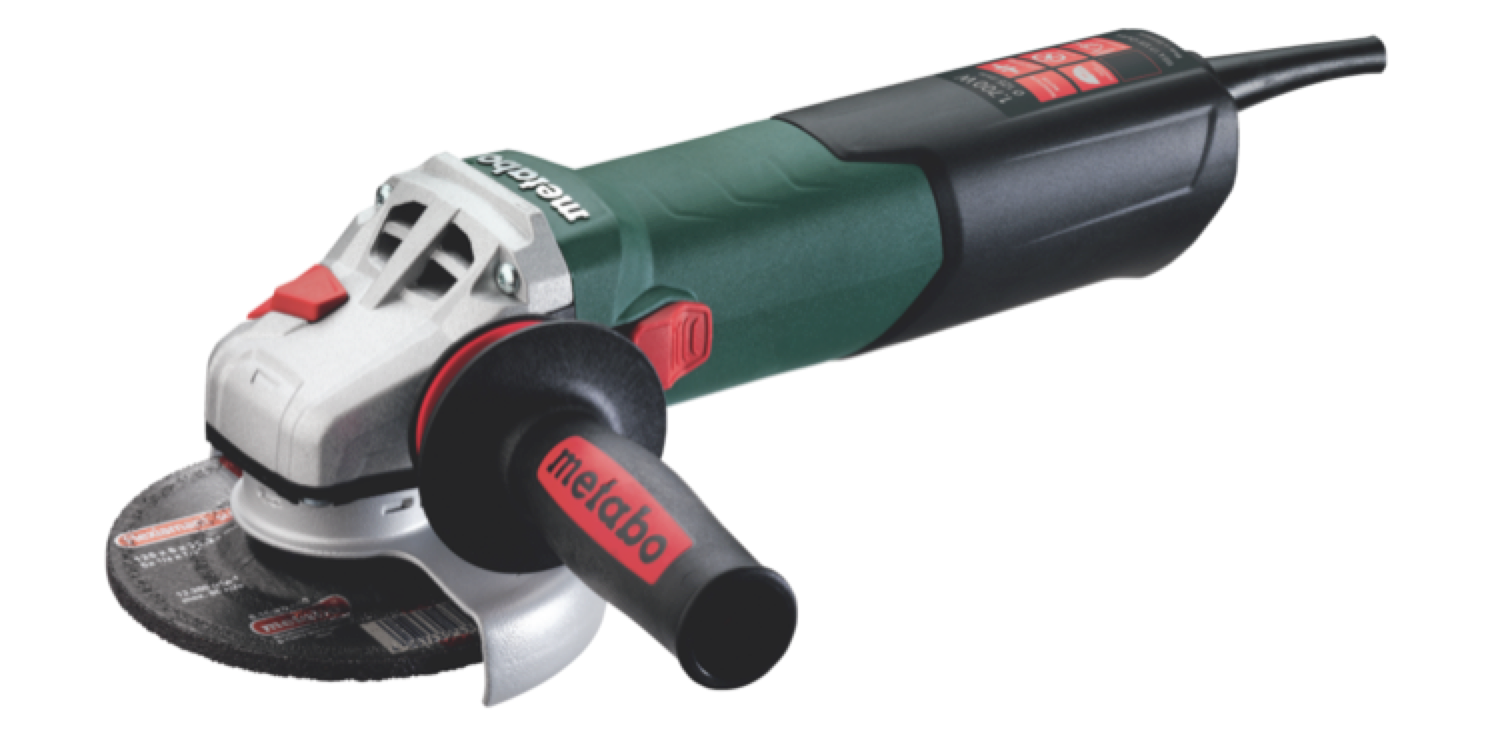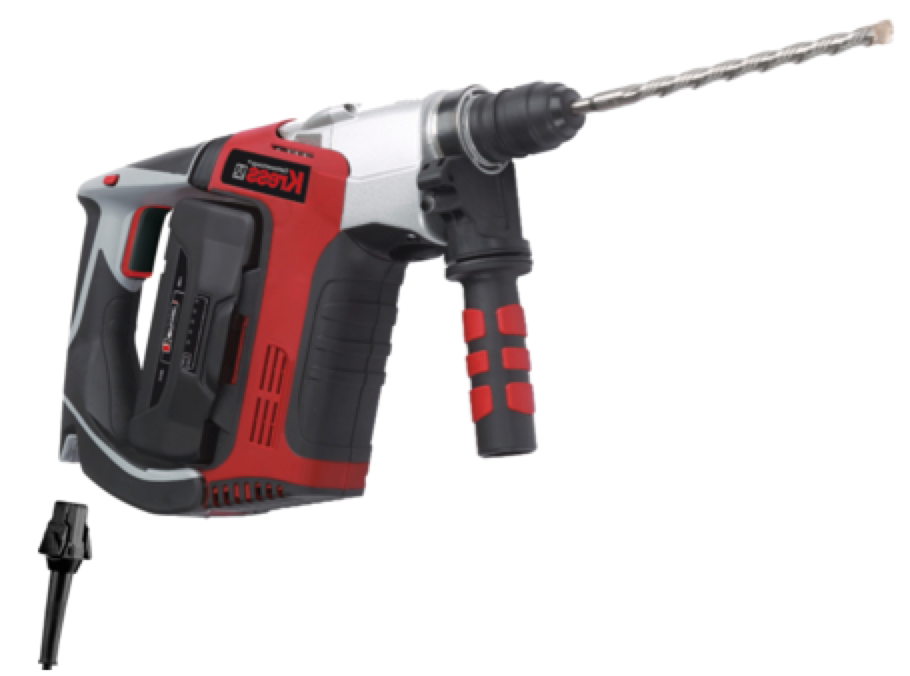12 May Empower Yourself with Power Tool Safety
 Power tools can make work faster and more efficient than basic hand tools. However, by upgrading to this higher level of productive power, you are also upgrading to a high level of potential danger.
Power tools can make work faster and more efficient than basic hand tools. However, by upgrading to this higher level of productive power, you are also upgrading to a high level of potential danger.
Power tools are categorized by type of power source. The basic types of power tool power sources are:
- Electric
- Liquid Fuel
- Hydraulic
- Power-Actuated
- Pneumatic
What all power tools have in common is that they can be really dangerous if used improperly. As such, when utilizing these tools, employees need to exhibit good safety techniques. For example:
- Keep power tool cords away from heat, sharp edges/objects, and oil
- Disconnect tools when you’re not using them
- Don’t carry a tool by its cord or hose
- Maintain and service your tools so they can perform at their best
- Never yank a cord or hose of power tool to disconnect it
- Don’t hold your fingers on the start button/switch of a power tool when not using it
- Follow the instructions that come with your power tool
- Maintain good balance and footing when operating your power tool
- Wear appropriate attire when utilizing power tools
- Keep others at a safe distance from your work area
Past the general safety precautions for power tools, in order to best minimize risk and ensure your safety, your power tools need to be fitted with the right guards and controls/safety switches.
Guards
To secure your own safety, all exposed moving/rotating parts on a power tool must be protected with guards. Some examples of moving parts that need to be safeguarded are:
- Shafts
- Pulleys
- Spindles
- Drums
- Chains
- And so on . . .
Meanwhile, machine guards specifically protect the user of the power tool from:
- Flying chips/sparks
- Points of operation
- Nip points
- Rotating parts

Operating Controls and Safety Switches
There are many different types of operating controls and safety switches that can be used to minimize the risk your power tools pose. The type of control or switch you use depends on your power tool, its functions, and its dimensions. For instance, the following hand-held power tools may need to be equipped with a constant-pressure control/switch that can shut off power when pressure is released:
- Tappers
- Fastener Drivers
- Drills
- Angle Grinders
- Disc Sanders
- Belt Sanders
- Saber Saws
- Scroll Saws
- Circular Saws
- Chainsaws
- Reciprocating Saws
- And Jigsaws
Whether these tools absolutely must have a constant-pressure control/switch or not is often dependent on certain tool dimensions and parameters. For example, with jigsaws you need a constant-pressure control/switch if the tool has blade shanks that are greater than 1/4-inch (0.63 centimeters) wide.
These tools may also be fortified with a “lock-on” control, if it allows the tool operator to shut off the control in a single motion using the same finger(s).
 Further Protection
Further Protection
Basic safety precautions, guards, and operating controls and safety switches offer great protection to users of power tools. Also invaluable—employee safety training courses at Creation World Safety.
Our courses help keep employees safe and work productive. To contact Creation World Safety and set up an employee safety training course for your workers, contact us today. And to learn more specific safety information for the different types of power tools (i.e. electric tools, pneumatic tools, etc.) check back on our blog next month!


No Comments